Ashley Piercing: Pain Level, Cost, Healing Time, And More
Embrace this discreet yet stylish look to enhance your lower lip and make a bold statement.
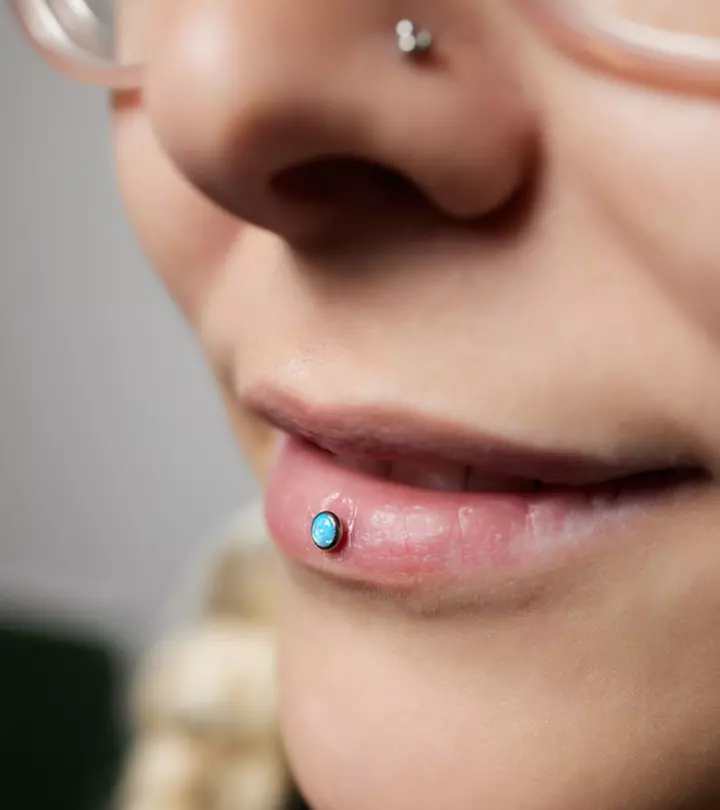
Image: Shutterstock
If you adore the look and placement of a labret piercing, that is the piercing just below the bottom lip, but want something subtle and sophisticated, the Ashley piercing is a fantastic alternative. This dainty piercing preserves the charm of the traditional labret style while introducing a distinctive and modern twist to it. The look involves a single perforation through the center of the lower lip to create a captivating effect that draws attention to the stylish jewelry worn at the surface.
What sets the Ashley piercing apart is its ability to offer a sleek and minimalistic look with an impactful aesthetic. No wonder, the piercing has gained a lot of popularity over recent years! In this article, we will delve into the intricacies of the Ashley lip piercings, offering valuable insights for those considering this bold choice. From discussing pain tolerance, aftercare practices, cost, and jewelry styles, this article aims to provide a thorough understanding of this lip piercing. Let the scrolling begin!
 Piercing Guide: Ashley Piercing
Piercing Guide: Ashley Piercing- Placement: Center of the lower lip
- Best Jewelry: Labret stud
- Cost: $30 to $100
- Pain Level: Medium
- Healing Time: 12 to 16 weeks
In This Article
What Is An Ashley Piercing?
View this post on Instagram
An Ashley piercing is a lip piercing that involves a single piece of jewelry passing through the center of the lip. Only the front of the jewelry is visible to onlookers, as it has its exit at the back of the lip, inside the mouth. Many people assume that it got its name from someone named Ashley, who was either the first to get or do it. However, there is no solid proof to confirm this story. The dainty piercing is also known as the inverted vertical labret, as it is a variation of the typical vertical labret piercing. While the latter has two visible points, the Ashley piercing only has one.
 Did you know?
Did you know?As with any piercing, there are both pros and cons to consider with this central lip piercing. Take a look at them in the next section.
Key Takeaways
- The Ashley piercing involves a single piece of jewelry passing through the center of the lower lip.
- It can help you highlight your lip shape but has a limited jewelry selection.
- Its healing may take 12-16 weeks and proper aftercare is crucial to minimize the risk of infections.
- Some common jewelry material options for this piercing include nickel-free metals like implant-grade titanium, gold, and platinum.
Pros And Cons Of An Ashley Piercing
Here are some pros and cons you should keep in mind before getting an Ashley piercing:
Pros
- It is visually striking and unique.
- It can highlight the shape of your lips, especially your lower lip.
- It is a versatile option that you can pair with other piercings to create a customized look.
The Ashley piercing looks great, but it may not be the one for all. Ariel, a blogger from New York, shared that getting an Ashley piercing was a poor judgment call on her part. Though her piercer chose the exact placement she told, she did not like its results. She states in one of her blog posts, “I’ve never had a lip type piercing and I was definitely not ready to deal with not chomping down on the disk. So, I had it taken out within half an hour (i).” Ariel also adds that doing so also left a visible scar on her lower lip. Keep reading to learn about some more disadvantages that may come with getting this inverse vertical labret piercing.
Cons
- Since it is placed on the lower lip and inside your mouth, its jewelry will be in constant contact with your front teeth and gums. This may cause damage to your teeth and bruise your gums over time (1).
- It has a limited selection of jewelry and may lead to a temporary, dark scar on the piercing spot that may not be too appealing to the eyes until it heals.
- The piercing is hard to conceal and may affect your professional life, especially if your workplace has policies against visible piercings.
The Ashley piercing scars sometimes, but this may heal with time. But where does it rank on the pain scale? Scroll down to find out about its pain level.
How Painful Is An Ashley Lip Piercing?
The pain level experienced during an Ashley lip piercing, or any piercing for that matter, can vary from person to person. On a pain scale of 1-10, the piercing may hurt somewhere around 5 or 6. However, you should note that individual pain tolerance is subjective. While a person with a poor pain threshold may experience some pain during it, the other may just feel a mere prick.
Typically, the Ashley piercing procedure involves using a sterilized needle to create an opening in the lip tissue, followed by the insertion of the jewelry. The pain is quick and intense during the actual piercing process but subsides shortly afterward. It is a good idea to talk to a reputable piercer beforehand to ensure a smoother and less painful experience. They may use a local anesthetic to numb the area, which can help reduce discomfort.
Additionally, the amount of pain you experience can be exacerbated based on other factors like anxiety, past experiences, and the piercer’s skill. If you are nervous or had a painful piercing before, it may feel more intense this time. Choosing a skilled, gentle piercer can make a big difference, helping you feel more at ease and possibly reducing discomfort.
An Ashley piercing is not associated with intense pain. However, you may experience some throbbing, swelling, and tenderness after it. The next section discusses how long it can take for these symptoms to go away. Keep reading!
Ashley Piercing Healing Time
The healing time for an Ashley piercing can vary from person to person. The initial swelling and tenderness may go away within a few days. However, the complete healing process may take nearly 12-16 weeks, which is about 2-3 months. It is important to note that most piercings may appear fully healed even before they are. Therefore, we recommend you visit your piercer so that they can have a proper look at it to confirm that the healing is complete. This will help you avoid unwanted complications.
It is recommended to follow proper and diligent aftercare during the healing period to minimize the risk of an infected lip piercing and promote optimal healing. Scroll down to learn how you can take care of your healing piercings.
Ashley Piercing Aftercare
Here are some general aftercare guidelines for your Ashley piercing:
- Avoid touching the piercing or applying makeup very close to it to prevent the introduction of bacteria.
- Practice good oral hygiene and be extra careful not to hurt your piercing while brushing your teeth.
- Avoid using harsh soaps or alcohol-based mouthwashes, as they can irritate the piercing.
- Avoid rotating or twisting the piercing during the healing process, as it may disrupt the delicate healing skin.
- Avoid oral contact during the initial healing period to prevent the introduction of bacteria and avoid the risk of infections
- Avoid clothing and bedding that may snag on the jewelry. Go for cotton or satin material that is less likely to irritate the piercing.
- Take extra care of your lip movements during the early stages of healing, as they may potentially irritate the piercing.
- Always keep an eye out for any signs of infection. If you notice extra or prolonged redness, swelling, unusual pain, or discharge, it is best to check in with a professional piercer or healthcare provider right away.
Along with these aftercare practices, you should also clean your piercing at least twice a day. Here is how you can do it:
- Before touching your piercing, ensure your hands are clean.
- Soak a sterile cotton swab in a saline solution and gently hold it against the piercing for a few minutes. This will help soften any debris around the jewelry.
- Gently remove any crust that may have formed, without rotating or removing the jewelry.
- After cleaning, rinse again with the saline solution and use a clean, disposable paper towel to pat the area dry.
 Quick Tip
Quick TipAlong with following these aftercare practices, you should also keep an eye out for signs of infection, such as increased redness, swelling, pain, or discharge that is green or yellow. If you notice any of these, consult a reputable piercer immediately.
The cost of an Ashley piercing may depend on numerous factors. Scroll down to the next section to learn about them, along with an estimated cost.
How Much Does An Ashley Piercing Cost?
Typically, you can expect to pay anywhere from USD 30 to 100 or more for an Ashley piercing. However, this cost may vary depending on factors like your location, the reputation of the piercing studio, and the experience of your piercing professional. Along with this, the type of jewelry you choose may add to an additional cost. You can expect this addition to be around USD 10 to 50 or more, depending on the material and design of the jewelry piece.
Jewelry pieces are a great way to help you add a personalized touch to your piercing. Scroll down to find out what the most common Ashley piercing jewelry style is, and check out some trendy looks.
Ashley Piercing Jewelry Styles
The Ashley piercing typically uses a labret stud as jewelry. It has a fixed, flat disc on the inside and a threaded, removable decorative ball or flat disc on the outside. The flat disc on the inside helps prevent irritation to the gums and teeth. The outer end comes in different styles like a ball, gemstone, or other decorative elements. You may also use this type of jewelry for ear and nose piercings. Here are some trendy styles you can draw inspiration from:
1. Minimalist Style
View this post on Instagram
If you need a common piece for your piercing, try this small Ashley lip piercing style that speaks volumes in its subtlety. Such styles are a sophisticated choice for everyday wear. You can usually get them in both golden and silver colors.
2. Gemstone Style
View this post on Instagram
This is a great style for those who wish to combine functionality with aesthetic appeal. You can either opt for a clear cubic zirconia gem, like in the picture or even go for colored variants, depending on your style and taste.
3. Intricate Style
View this post on Instagram
If you need a larger jewelry piece for your Ashley piercing, check out this intricate style. You can get it in various patterns like mandalas, hearts, Celtic shapes, etc. These also come with tiny gemstones, either in the middle or all over the design. You can also pair this beautiful piercing style with a tiny Medusa piercing.
4. Floral Style
View this post on Instagram
If you already wear a simple stud on your Medusa piercing, this style for the Ashley piercing can help add a touch of glamour to it. The gorgeous piece comes with a stone in the middle which is outlined by a gold design that may have different patterns like simple curves or well-defined petals. You can get these styles in both small and large stones.
5. Geometric Style
View this post on Instagram
Geometric shapes can add a modern and stylish element to your Ashley piercing. You can get this style in various designs like square, triangular, and hexagonal. These can either be solid or have gemstones studded on them.
Reflect on your personal style and consider comfort and care when selecting jewelry for your Ashley piercing. Opt for pieces that match your unique look, be it a simple stud for a minimalist vibe or a bold gem as an elegant statement piece. If you have sensitive skin, choose hypoallergenic materials like titanium or surgical steel to avoid irritation. Also, think about maintenance: smooth, low-profile jewelry can make cleaning easier and reduce the risk of snagging. Always consult with your piercer for the best options suited to your lifestyle and skin type.
To recap, along with the style of your Ashley piercing jewelry piece, it is also important to consider its material. Its choice may depend on your personal preference, style, or any potential allergies. Scroll down for some common materials used for Ashley lip lip-piercing jewelry.
What Is The Best Material For Ashley Lip Piercing Jewelry?
The ideal piercing jewelry material should ensure safety and comfort, and minimize the risk of allergic reactions. Here are some common types of metals that you can use for your Ashley piercing jewelry:
1. Implant-Grade Titanium
Titanium is a metal that is rarely linked to allergies (2). Therefore, it is one of the most preferred piercing jewelry materials for people with sensitive skin. It is also durable, non-corrosive, nickel-free, and lead-free. You can find implant-grade titanium mostly under the trade name of ASTM F-136 titanium.
2. 14K Or 18K Gold
If you need a valuable metal for your first piercing, this inert metal is a great choice. Anecdotal evidence suggests that it does not react with other substances and is unlikely to cause an allergic reaction. However, gold jewelry may sometimes contain other metals like nickel which are known to cause allergic reactions (3). Therefore, it is recommended to look for gold variants that are nickel-free.
3. Platinum
Platinum is another precious metal you can use for your Ashley piercing jewelry. Like the metals mentioned above, it also has rare cases of allergies, making it an excellent choice (4). Jewelry designs made with this metal have a brilliant luster. However, it can be a bit on the pricier side.
4. Surgical Stainless Steel
This is one of the most common materials used to make affordable piercing jewelry. It is usually considered safe, but it may have a small amount of nickel, which is linked with skin allergy (3). Therefore, if you are allergic to the metal, it is best to choose something else.
5. Pure Sterling Silver
Silver is another popular choice for piercings, making it ideal for those who don’t want platinum but something closer. While it is considered safe, it may also contain nickel alloys, which may cause allergic reactions and irritate your sensitive skin (3). Therefore, it is best to talk to your piercer before choosing this piercing jewelry material.
If none of the metals work out for you, plastic studs are another option. You can wear them until your pierced skin is healed. After that, you can replace them with any of the materials mentioned above (5).
When it comes to changing an Ashley piercing, you should do it carefully and hygienically to avoid complications and infections. Scroll down to find out when and how you can do it.
When And How To Change Ashley Piercing Jewelry
Typically, you can change your Ashley piercing jewelry after two months of getting it. However, it is best to wait till 4 months to ensure the wound has completely healed. You can also look for signs such as pain, swelling, and redness. If any of these are there, it is recommended not to mess with the piercing.
Further, we also recommend going to your piercer if you are changing the jewelry for the first time. They can show you how to do it safely.
Here are some common guidelines for that:
- Wash your hands before touching your piercing or the jewelry piece.
- Ensure that the new jewelry is clean and made of a safe material. You can wash it with a saline solution to be extra safe.
- Once you have the new jewelry ready, gently wiggle and rotate the stud you are wearing to loosen any crust or debris.
- Rotate the clasp of the stud counterclockwise to loosen it, and remove it carefully.
- Wash the piercing with a saline solution and use a clean, disposable paper towel to pat the area dry.
- Insert the new jewelry through the piercing hole. If it does not go in easily, do not force it. Instead, consider applying a water-based lubricant to ease the process.
- Once the piece is in, screw it securely.
The Ashley piercing is a unique and bold choice. It is ranked moderate on the pain scale and can help make your face look centered. The delicate piercing may take around 2-3 months to heal completely with proper aftercare practices like daily cleaning and avoiding oral contact during the healing process. However, as with any body modification, it comes with some downsides too. Its jewelry may cause damage to your teeth and bruise your gums over time. Also, the style may not be an apt choice for professions that have policies against visible piercings. Therefore, think carefully before you decide to commit to it. If you decide to commit to the piercing, gold, sterling silver, implant-grade titanium, platinum, and stainless steel are some jewelry materials you can choose.
Frequently Asked Questions
What size gauge is an Ashley lip piercing?
The Ashley piercing uses a 14-16 gauge piercing needle, with 14 being more common. You can talk to an experienced piercer for advice on determining the most suitable size based on your lip anatomy and preferences.
How do I choose a reputable piercer for an Ashley piercing?
To choose a reputable piercer for an Ashley piercing, research local piercing studios and read reviews from previous clients. Look for a piercer who is licensed and has experience with the kind of piercing you want. Additionally, it is important to ensure that they follow proper sterilization practices.
What should I eat after getting an Ashley piercing?
After getting an Ashley Piercing, it is a good idea to stick to non-spicy and soft foods that will not irritate the piercing site for the first few days. You may opt for items like oatmeal, yogurt, mashed potatoes, and smoothies. Also, avoid hot, overly cold, spicy, and crunchy food items.
How do I prepare for getting an Ashley piercing?
You can prepare for an Ashley Piercing by ensuring that you choose a reputable piercing studio. It is also a good idea to discuss placement and jewelry preferences with the piercer beforehand. Further, just before your appointment, stay relaxed and ensure to have a light and balanced meal to avoid potential nausea or discomfort during the piercing process.
Are there any age restrictions for getting an Ashley piercing?
Generally, you need to be 18 or older to get an Ashley piercing without parental consent. However, age restrictions may also vary by location and studio. Therefore, it is a good idea to check with your piercing studio to understand their specific age and consent policies.
If complex piercings are not your thing, the dainty Ashley might be the best choice for you. This video will take you through the healing process of this piercing. Click on the play button to get started!
Personal Experience: Source
StyleCraze's articles are interwoven with authentic personal narratives that provide depth and resonance to our content. Below are the sources of the personal accounts referenced in this article.
(i) I got an Ashley piercing (inverse vertical labret) on Wednesday.https://flesh-and-metal.livejournal.com/24945.html
References
Articles on StyleCraze are backed by verified information from peer-reviewed and academic research papers, reputed organizations, research institutions, and medical associations to ensure accuracy and relevance. Read our editorial policy to learn more.
- Lip piercing: prevalence of associated gingival recession and contributing factors. A cross-sectional study
https://pubmed.ncbi.nlm.nih.gov/17305877/ - Prevalence of titanium hypersensitivity in patients with titanium implants: a systematic review and meta-analysis
https://www.ncbi.nlm.nih.gov/pmc/articles/PMC8686894/ - Management of contact dermatitis due to nickel allergy: an update
https://www.ncbi.nlm.nih.gov/pmc/articles/PMC3047925/ - Positive patch-test reactions to platinum are rare
https://pubmed.ncbi.nlm.nih.gov/18627687/ - Art of prevention: a piercing article about nickel
https://www.ncbi.nlm.nih.gov/pmc/articles/PMC7330428/
Read full bio of Rodrigo Casco
Read full bio of Gracia Odile
Read full bio of Asmita De
Read full bio of Vaishali Sinha





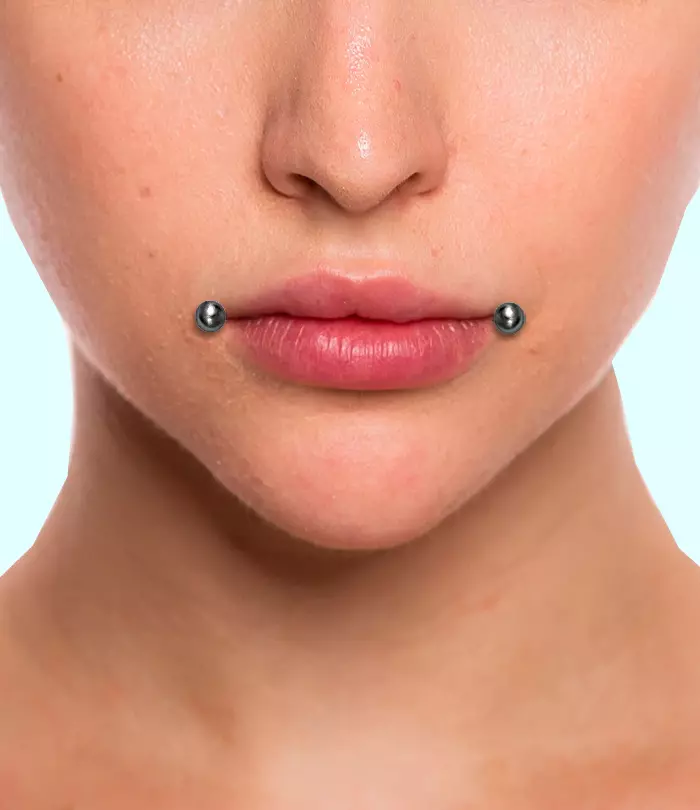
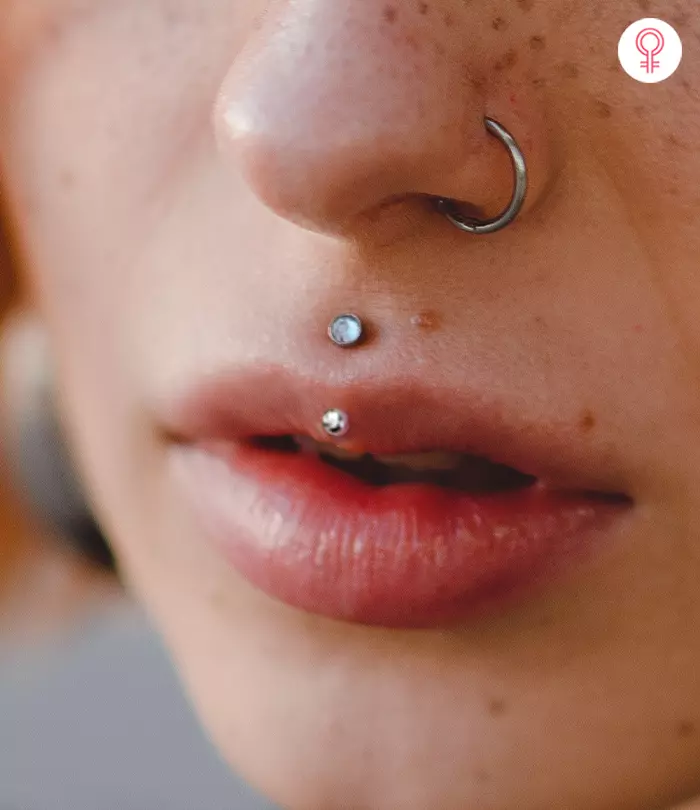

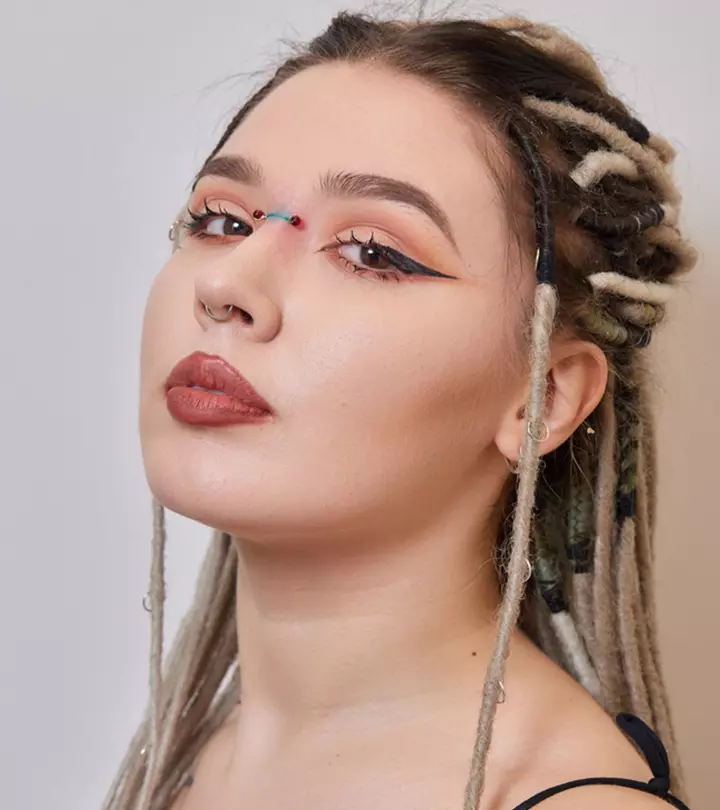


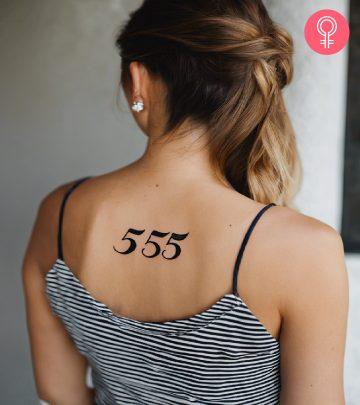
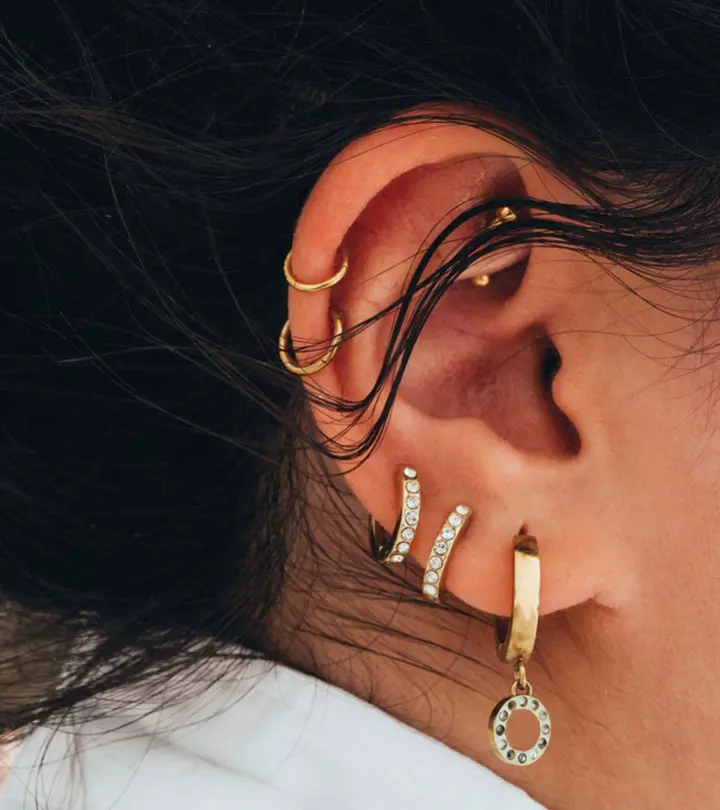

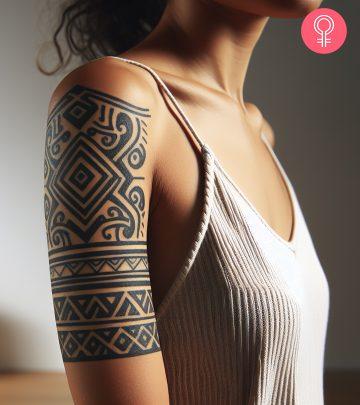
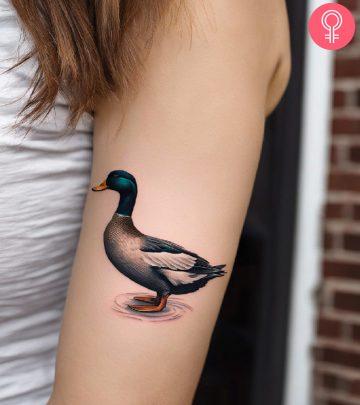
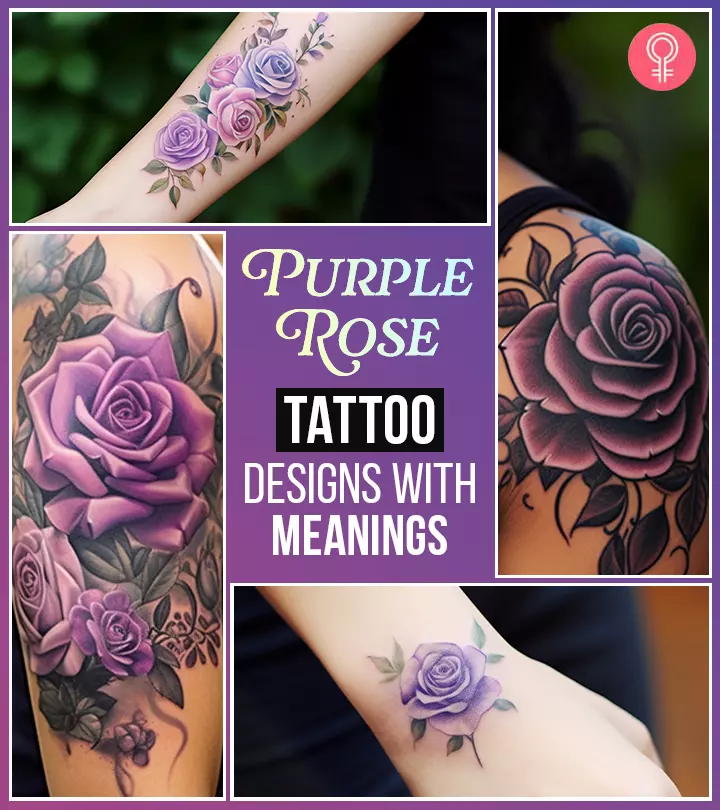
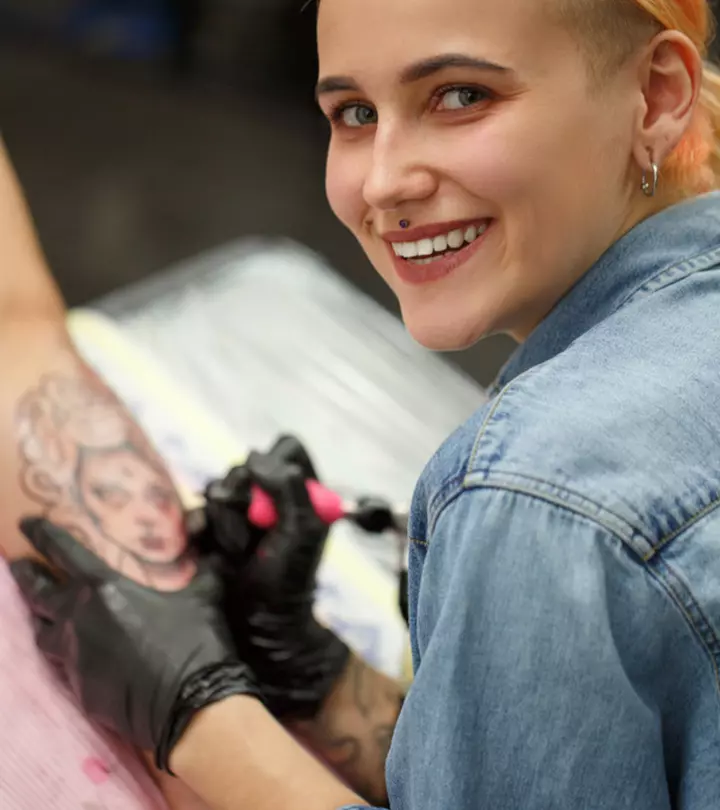




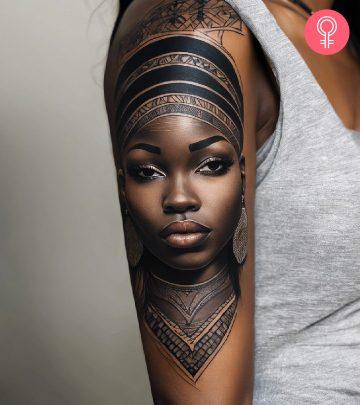
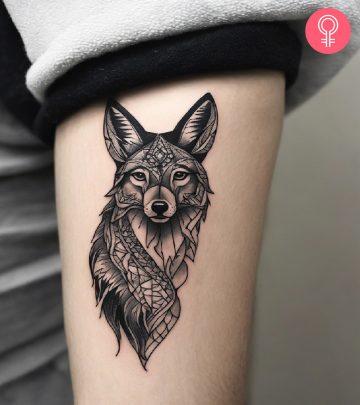
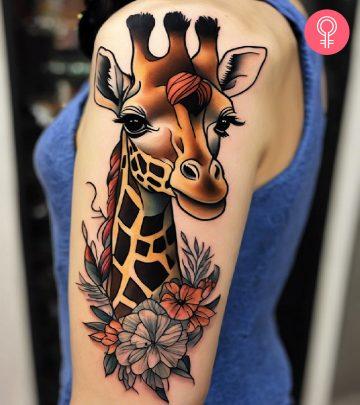
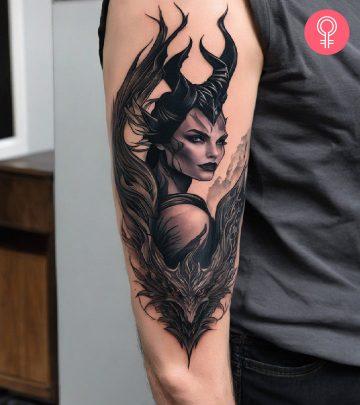
Community Experiences
Join the conversation and become a part of our empowering community! Share your stories, experiences, and insights to connect with other beauty, lifestyle, and health enthusiasts.